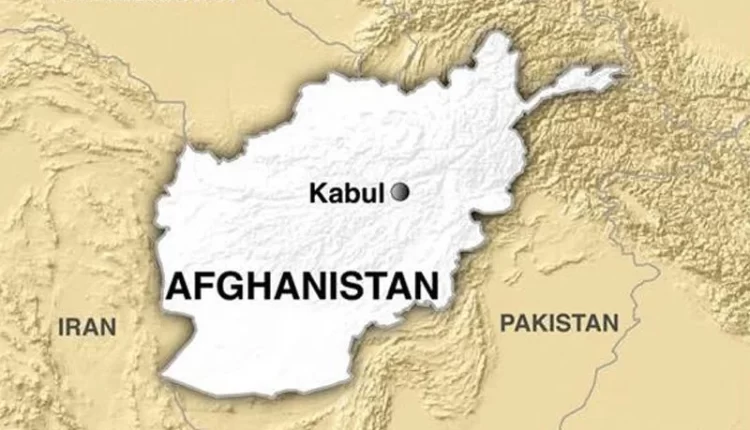WASHINGTON —Afghanistan’s economic outlook remains uncertain, with the threat of stagnation looming large until at least 2025, says the World Bank in its latest Afghanistan Development Update.
The report, Navigating Challenges: Confronting Economic Recession and Deflation, notes that a 26 percent contraction in real GDP growth, coupled with declining external financing avenues for off-budget expenditures, paints a stark picture of Afghanistan’s economic prospects. Structural deficiencies in the private sector, together with waning international support for essential services, are anticipated to impede any appreciable economic progress. This economic stagnation is poised to deepen poverty and unemployment where half of the population is already trapped in poverty, and 15 million people are facing food insecurity.
“Afghanistan’s long-term growth prospects depend on a significant shift from its previous reliance on consumption-driven growth and international aid to a more resilient, private sector-led economy that capitalizes on the country’s strengths,” said Melinda Good, World Bank Country Director for Afghanistan. “For a sustainable future, Afghanistan needs to address harmful gender policies, invest in health and education, and focus on the comparative advantages it has in the agricultural and extractive sectors.”
Agriculture could be a key driver of growth and poverty reduction, with the potential to create jobs and have a positive impact on income distribution. To realize this potential, strategic investments are needed in irrigation infrastructure, land tenure security, and market access to boost agricultural productivity and resilience.
The Afghanistan Development Update is part of the World Bank’s Afghanistan Futures program, which includes research, monitoring, and analytical reports on the Afghan economy and society. The program aims to support evidence-based policymaking and inform the international community on the economic developments in Afghanistan.


Comments are closed.